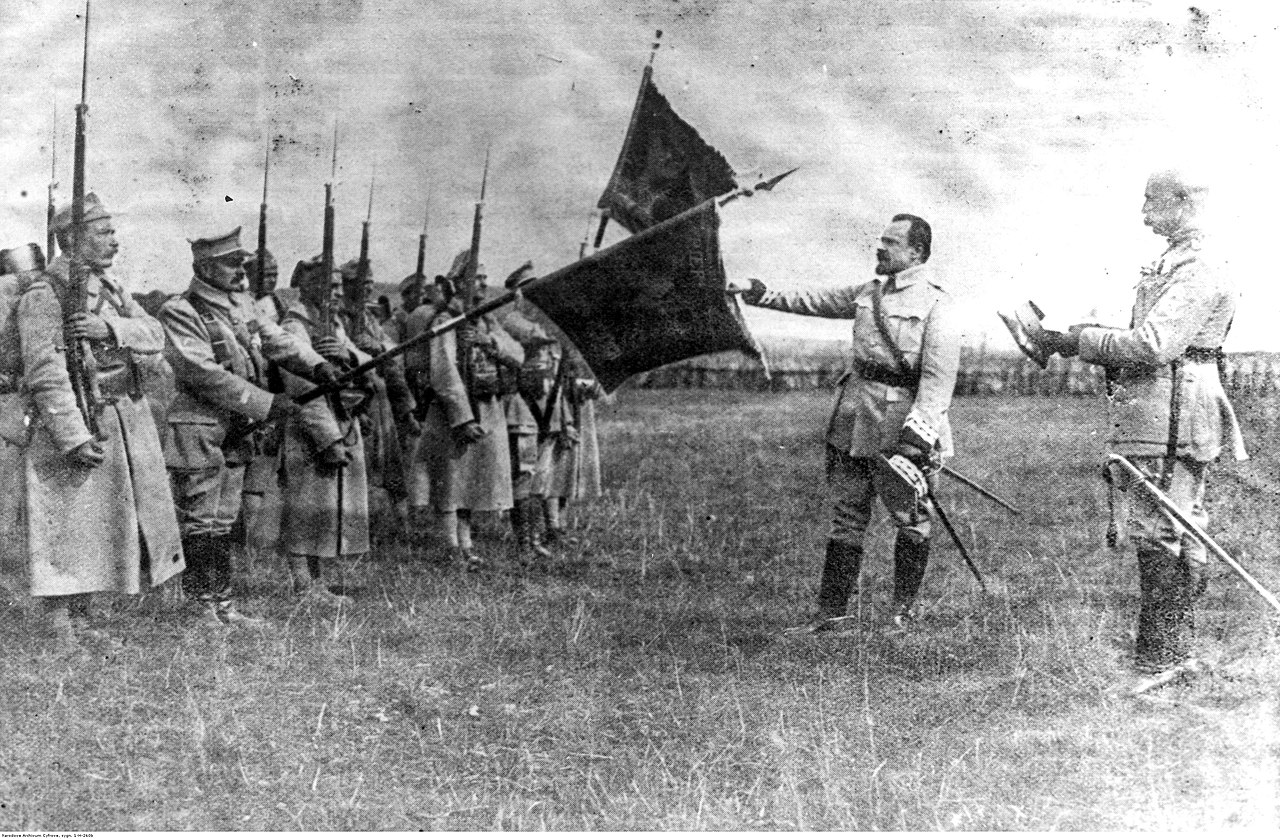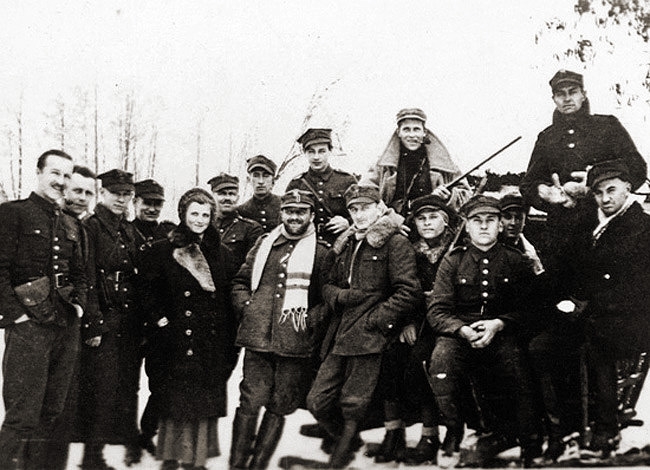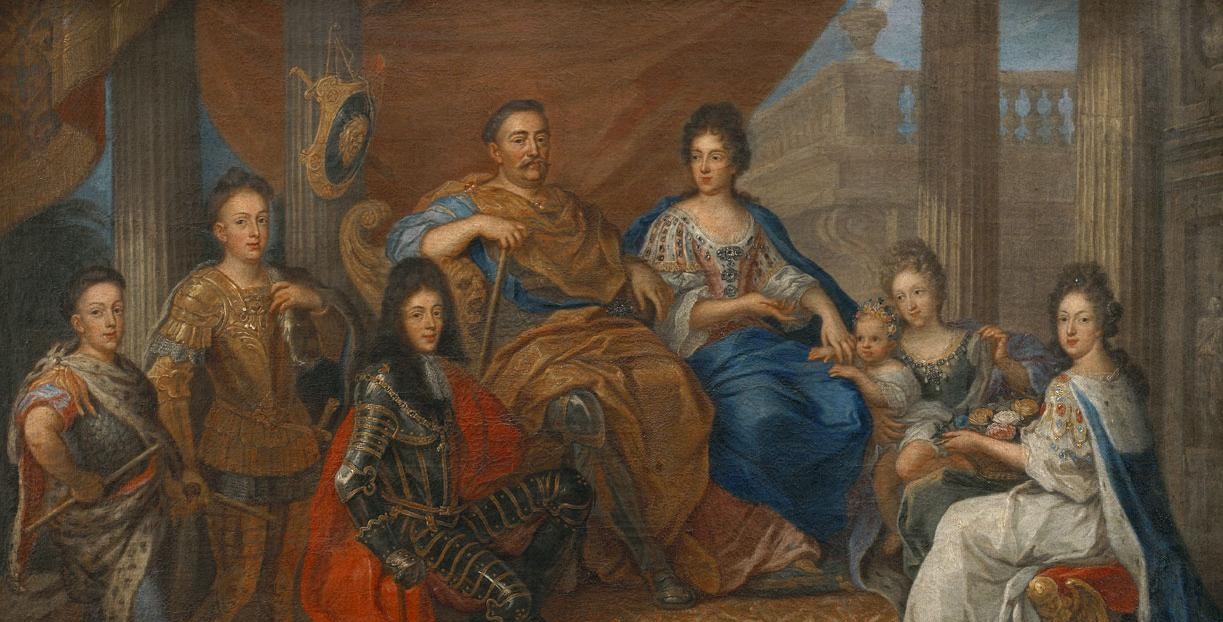World history is written mainly by Western historians from the perspective of the experiences of their own countries and nations. Thus some topics like the suffering and scale of the destruction of Polish lands during the First World War are almost absent in historical narratives or journalism, says Prof. Andrzej Chwalba, a historian from the Jagiellonian University.
During the First World War, the invaders fought against each other, and the conflict itself offered enslaved Poland the possibility of regaining its independence. However, during the hostilities, Poles who were soldiers in the partitioning armies also faced off against each other…
It was understandable because Poles lived in three partitions. When they were conscripted, they turned up to three different armies. In the battles, the Poles fought against each other, because in the camp of the Central Powers there were Germany and Austria-Hungary, and in the camp of the Allies – Russia.
In the following years, mobilizations also took place, but on a smaller scale. However, in 1915 and 1916, when the fighting was taking place on the Eastern Front, Poles died fighting on one side of the front in the Austro-Hungarian and German armies, and on the other side – in the Russian army. It is worth remembering, however, that the number of Poles who fought in the Russian army in 1916 was much smaller than it had been two years earlier. This was due to the fact that the opposing forces forced the Russians to leave the Kingdom of Poland in the early autumn of 1915.
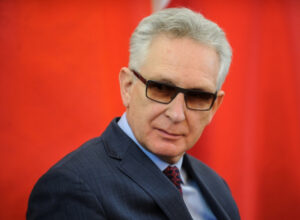
Were soldiers at the front aware of this situation to any degree?
In the first weeks of the war, simple soldiers did not realize it. Not everyone identified as Polish. There were many illiterate people among the soldiers. With time, they realized that soldiers on the opposite sides of the barricade prayed in a similar way and used similar Polish dialects, but that did not mean that they would immediately feel that they belonged to a single Polish national community. It happened that soldiers met and talked often due to the proximity of enemy trenches, as well as in hospitals during conversations with the wounded, and with prisoners in camps. Some then began to realize that they were part of a larger community, only serving in different armies.
In 1914, during the Christmas fights in the Carpathians and in the Kingdom of Poland, Poles in Russian uniforms and Poles in Austro-Hungarian uniforms celebrated Christmas Eve together by sharing bread or wafers. In turn, in the spring of 1915, we can point to cases where, during Easter, Polish soldiers – on the one hand Poles fighting in the Russian army, and on the other, Poles in the Austrian army – organized common blessings. These experiences could have led to the emergence of the conviction that they were not Polish-speaking Galicians, Prussians or Muscovites, as the invaders had tried to persuade them, but that they instead constituted a political unit. Thereafter, the commands of the three armies firmly banned the celebration.
How did the national elites feel about the Poles fighting against each other?
The elites did understand that, yet it did not depend on them. It was obvious that the mobilized had to go to the army, and this was beyond discussion, but everyone talked about the fact that Poles fought against each other and killed each other during the war. Some Polish intellectuals drew attention to this, and people associated with the legionary camp were particularly sensitive to this situation. Legionnaires, constituting the most ideological and patriotic part of active Polish military political forces, noted cases of meetings of Polish-speaking officers or soldiers from the Russian army, with whom they exchanged comments on the drama of the fratricidal war.
What percentage of prisoners of war were Poles?
Poles who fought in the German army ended up in POW camps in France. At the end of the war, it was estimated that there were about 20,000 of them. Later, propaganda was undertaken to persuade them to join Haller’s Army, and some of them joined in 1918. In turn, Polish soldiers fighting in the Austrian army, who were captured in Italy, were estimated at 80-90,000.
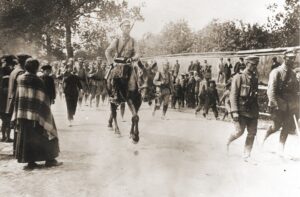
On the other hand, it is very difficult to estimate the number of Polish-speaking soldiers who were captured by the Russians. There were several hundred thousand of them. However, this is very difficult to quantify as Russian statistics are far from complete and reliable. Moreover, there were numerous escapes from the Russian camps, because the Russians often did not guard them at all. The armies did not mention the national criterion when keeping these statistics, as it was unreliable, they only noted the linguistic and religious affiliations. Certainly, we will never get a complete answer to this question.
On 3 March 1918, the peace treaty of Brest between the Central Powers and Russia was signed and prisoners were exchanged. Gradually, Austro-Hungarian and German prisoners of war returned from Russia. There were also Poles in this group. The same happened the other way – Polish POWs who had been in camps in Germany and Austria returned to Russia. This happened even before the end of hostilities in Western Europe. It is worth remembering that in the East, the war had ended earlier.
Do we have numbers, how many Poles died on the front in the First World War?
We still do not know, and we will probably never know, how many soldiers died during the Great War in Europe and around the world. We remain in the sphere of estimates all the time. During the entire war, between 9 and 10 million soldiers died. The difference of a million is due to the fact that not everything could be determined.
Since we do not know how many soldiers died during the war worldwide, it is even more difficult for us to estimate how many Poles died. Such attempts were made, however, and it can now be assumed that Poles died on the battlefields and between 350 and 400,000 of them died as a result of having been wounded. To this number we must add those who died from diseases such as typhus, cholera, and in 1918 an extremely dangerous flu called the Spanish flu appeared, which literally killed entire platoons and companies of soldiers.
Was it taken into account when starting the military operations that the war might result in victims on such a scale?
War planners, not only from the partitioning powers, but also from European countries in general, predicted that the war would last two or three months, some even claimed that the soldiers would still manage to return to the autumn potato digging. It was promised that they would surely spend Christmas 1914 at home. It was a common belief stemming from the experience of the short wars of the 19th century, which were limited to one or two, and even a maximum of three, battles. At the beginning of the war in 1914, it was also believed that there would be several battles on individual fronts and that they would indicate the winner.
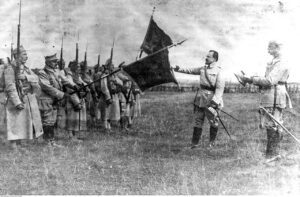
The fact that it was assumed that the war would be short was also evidenced by the fact that it was not planned to provide soldiers with warm winter clothing. It was not until the autumn, when it turned out that the war would last longer, that warm soldiers’ clothing was made, and calls were sent to the public to hand over warm clothing for the army, and often even to carry out requisitions – civilians simply took sheepskin coats, warm clothes or underwear from civilians.
At the outbreak of the war, it was also not taken into account that thousands of people would flee from the areas affected by hostilities. About 900,000 civilians fled from Galicia or were forced to do so. On the other hand, 3.5 million people from the Kingdom of Poland and the Russian partition were forced to travel deep into Russia. About 1/3 were Poles.
Was the civilian population aware of the scale of the victims that this war brought?
Generally, due to censorship, people were not aware of it and could only guess what happened on the fronts. Obituaries in newspapers contained some information. In the second phase of the war, the newspapers were full of them – after all, people could not be prevented from publishing the name of the person who had died. It is true that the circumstances in which the death took place were not stated, because it was forbidden by censorship, but the fact that suddenly so many young men began to die was a certain sign.
In addition, some messages were also brought by soldiers who were coming for holidays or returning from hospitals, when it turned out that they were disabled or were so seriously ill that they could no longer return to the front. It was they who told how terrible the war was. We have diaries of soldiers of plebeian origin – peasants, craftsmen, small merchants, workers – who described the drama and nightmare of the war and the fact that it was beyond their imagination. This is why there were so many cases of mental illness and emotional disorders.
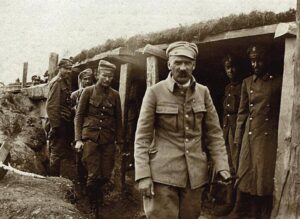
The things that people saw: the remains of decaying bodies, the worst possible images of war, which even today are difficult to describe – this caused an internal opposition to the war, which resulted in soldier revolts in 1917 and 1918, and revolutions towards the end of the war.
So what caused the general opinion that this nightmare of the Great War was obscured by the drama of the Second World War?
Firstly, it results from the fact that in the case of the Second World War, there are still living witnesses of these events. The Second War is also the subject of constant disputes in the field of historical politics and the politics of memory, there are still disputes between individual states and nations. However, there are no longer those who participated in the Great War – the last of its participants died a few years ago. Consequently, cultural memory fades away.
Second, it is due to the area of hostilities. The Second War covered more of Europe than the Great War in 1914–1918 which covered the western territories of France, Belgium, Poland, Ukraine and the Balkans. However, the rest of the continent, due to the nature of the war, was not included.
Note that to the west, the front ran north and east of Paris. The rest of France was beyond the immediate effects of the war. But in the area of hostilities, the destruction was terrible – some villages disappeared from the earth, in the towns there were stumps of buildings and chimneys, possibly church towers. However, the greatest losses were in two regions – in the Balkans and in the former Polish-Lithuanian Commonwealth. This was due to the way the war was waged – in these two areas there was no trench warfare as in the West, only troops moved east and west several times. This “roller” approach destroyed literally everything. This is why the losses of Poland and Serbia were the largest in all of Europe.
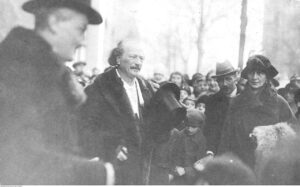
In 1919, at the invitation of Ignacy J. Paderewski, Herbert Hoover, the future president of the United States, came to Poland. He saw how everything looked – that thousands of children had nothing to eat or wear, and thousands of families nowhere to live. Then he called on the Americans to provide intensive and quick help, which actually saved thousands of people from starvation. Only these post-war interventions, mainly by the Americans, drew the world’s attention to the fact that the most devastated region of Europe was the reborn Poland, as almost 90 percent of its area saw hostilities.
World history is written mainly by Western historians from the perspective of the experiences of their own countries and nations, which is why the suffering of the inhabitants of Poland and its destruction, or of Serbia, are a distant topic, rarely present in historical narratives or journalism. Nevertheless, in recent years, thanks to the efforts of Polish historians and foreign publications of foreign researchers dealing with the history of our state and society, the awareness of the tragedy of the Polish inhabitants of 1914–1918 has gradually reached Western historians and journalists, as well as politicians.
Interview by Anna Kruszyńska (PAP)

